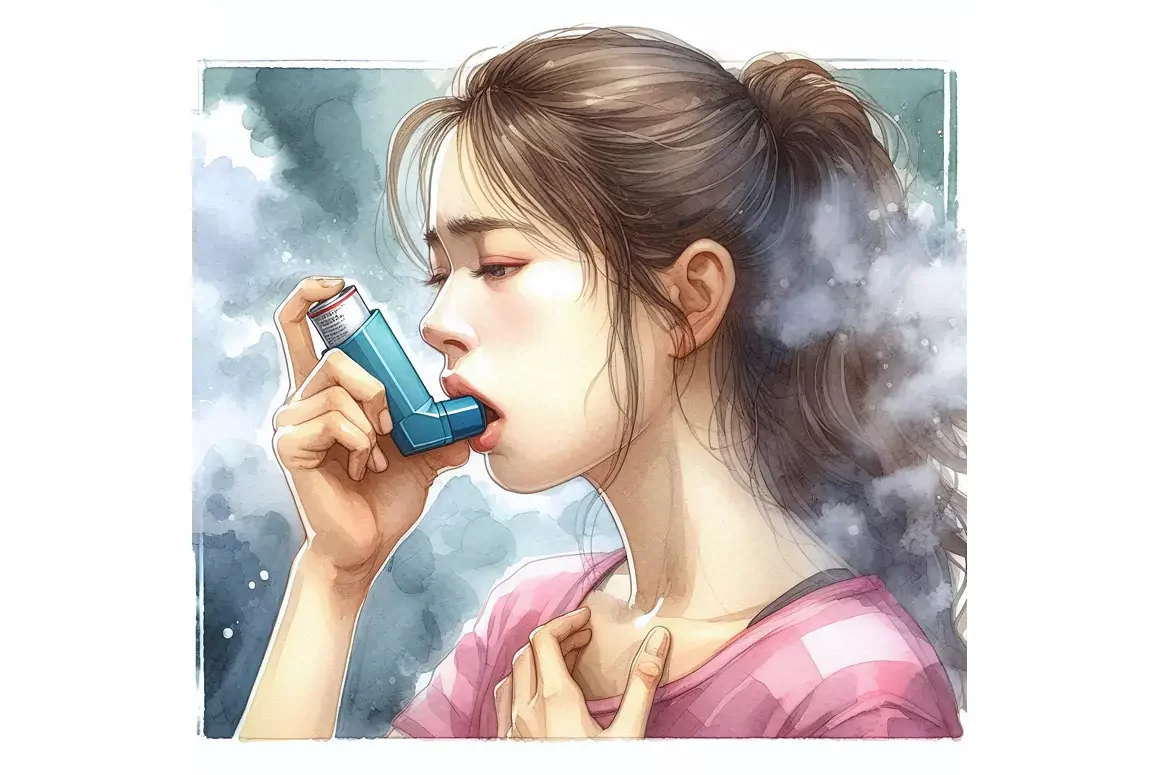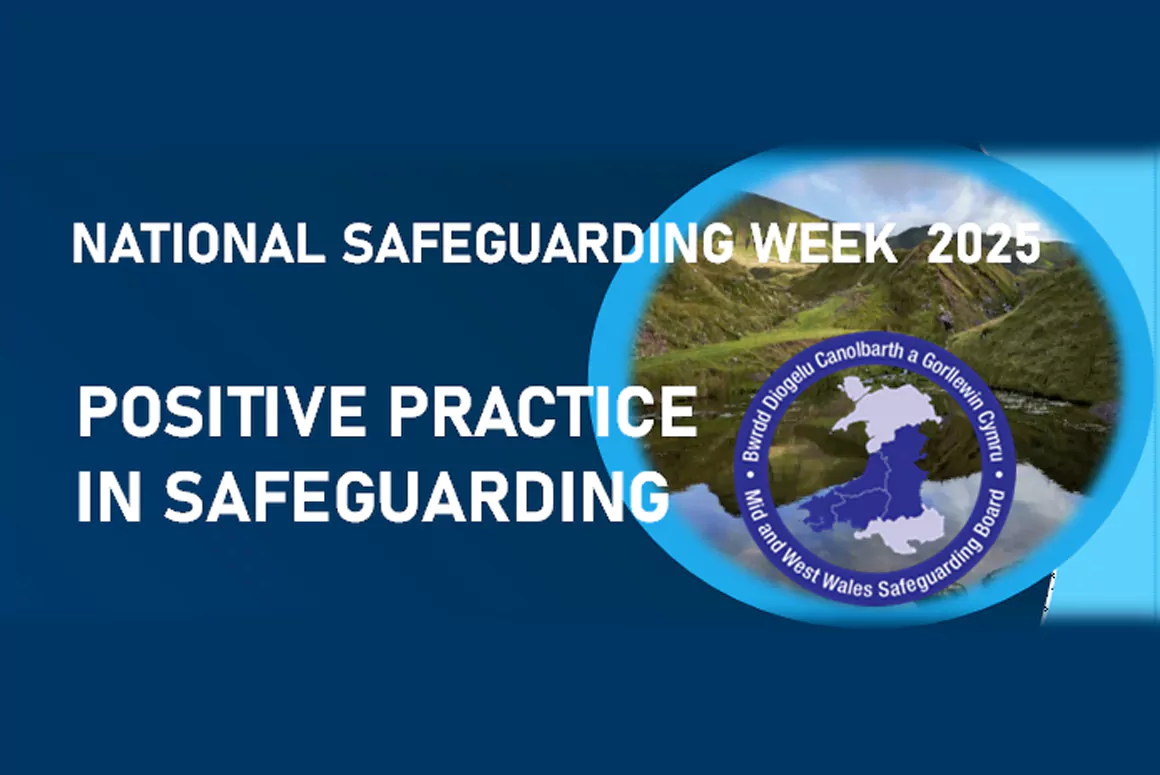Parents and teachers urged to be vigilant as the number of children hospitalised with asthma rises nearly fivefold in Wales with the return to the classrooms.
- Asthma triggers like pollen, air pollution, dust mites, mould spores, chemicals from products used to deep clean schools and even strong emotions (excitement and fear) can all contribute to the seasonal spike as children return to school
- Exposure to respiratory infections and viruses in the classroom can lead to life-threatening asthma attacks
- A lack of preventer medication routine during the summer holidays can also exacerbate asthma symptoms.
Asthma + Lung UK Cymru has issued an urgent seasonal alert as analysis reveals that school children in Wales are nearly five times more likely to end up in hospital with an asthma attack at the start of the new school year.
The most recent official figures from 2024 show a 378% rise in the number of children aged between five and 14 in being admitted to hospital in September (110) compared to August (23)1.
There are an estimated 59,000 children with asthma in Wales (2).
Dr Isabel Oliver, Chief Medical Officer for Wales, said:
“Many children in Wales live with asthma. As they prepare for a new school year, it is really important that parents and carers make sure that they have their preventer inhaler and any other medications every day as prescribed, arrange asthma reviews with their GP or practice nurse, and ensuring schools have sight of up-to-date asthma action plans.
“These simple steps can be lifesaving and ensure that children’s education is not adversely impacted.
“Schools also have a vital role to play in supporting pupils with asthma. With proper preparation and awareness, we can significantly reduce the risk of serious asthma episodes and keep children focused on their education.”
Joseph Carter, Head of Asthma + Lung UK Cymru said:
“With the summer holidays drawing to a close, this can be a worrying time for parents and children who are affected by asthma with triggers such as dust, pollen and colds and flu, potentially triggering asthma attacks as they head back to the classrooms.
“Sadly, we see this September spike every year, but this years’ could be worse than usual. With rising rates of measles and respiratory syncytial virus (RSV), more children are being put at risk of ending up in hospital with breathing difficulties. This is why we are calling on parents to be prepared.
“Signs that a child’s asthma symptoms are worsening include coughing and wheezing, especially at night or early in the morning, breathlessness, complaining about chest or stomach pain, or needing their reliever inhaler (usually blue) three or more times a week.”
If you are a parent or carer of a child with asthma, you can help reduce the risk of a September asthma attack by taking the following precautions:
- Make sure your child is using their steroid preventer inhaler as prescribed, as this helps to prevent inflammation in the airways, reducing their risk of an asthma attack.
- Check too that they have had both MMR (measles, mumps and rubella) vaccinations and contact your GP if one or both have been missed
- Arrange for your child to have an annual asthma review with their GP or asthma nurse as soon as possible. This will pick up early symptoms and can help to identify triggers.
- Check your child has the right asthma medicines and they are taking them in the right way, to manage their asthma and keep them well.
- If your child is at secondary school, make sure they put their reliever inhaler (usually blue) and spacer into their bag before leaving for school every day. They should be kept somewhere they can access during PE or if they are on a school trip.
- Familiarise yourself with your child’s school policy on administering medication.
- Have an up-to-date asthma action plan and share it with your child’s school. You can download it here: Your child’s asthma action plan | Asthma + Lung UK
- Make sure your child can use their inhalers correctly and knows when to ask for help. Your GP or asthma nurse can check your child’s inhaler technique at their annual review. Videos are also available on the Asthma + Lung UK website, How to use your inhaler | Asthma + Lung UK or speak to your pharmacist
If a child is having an asthma attack and their symptoms are not improving with a reliever inhaler refer to their asthma action plan and then call 999.
Bec Miller, 38, from Newport, has a son Berin aged 12, who was diagnosed with asthma when he was 5.
“My son Berin has asthma which is well controlled now. Since turning 12 he takes his dry powder inhaler daily and can use it as a reliever as needed, which is much simpler for him.
“It is a worry at this time of year when he’s about to go back with his classmates in school and there’s an increased chance of picking up a cough, cold or a virus.
“I welcome any campaign to help parents and teachers be aware of triggers such as dust and bugs and for those working at the school to know what to do in case of an asthma attack.”
Ahead of the new school year, Asthma + Lung UK Cymru is calling on headteachers to share their schools’ asthma or medical conditions policies so that parents know how staff will support their child with asthma. These policies should include guidance on how and when schools will inform parents on their child’s inhaler use and asthma symptoms, and where inhalers should be stored. A school’s policy should provide details about staff asthma awareness training, the administration of medication, and emergency procedures so that everyone understands their role in keeping pupils with asthma safe.
Asthma + Lung UK Cymru is also encouraging schools to download and print its free poster, so everyone knows what the steps are if a pupil is having an asthma attack: Asthma at School campaign poster – Asthma + Lung UK
If you are concerned about your child’s asthma, please call Asthma + Lung UK’s helpline 0300 222 5800, which is run with thanks to funds raised by players of the People’s Postcode Lottery.





